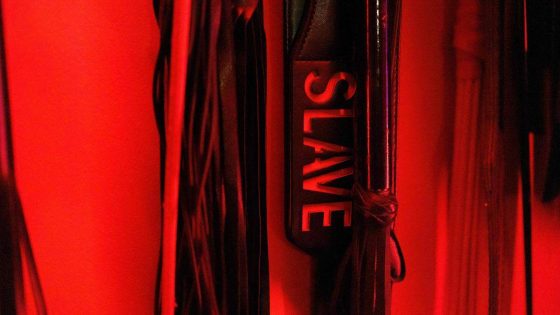On April 23, 2025, the trade of Messor cephalotes, the world’s largest harvest ant, has become a focal point for wildlife conservation efforts. Found exclusively in Ethiopia, Sudan, and Kenya, these ants are highly sought after by collectors. Kenyan authorities estimate their value at around 1 million shillings (approximately €7,000), but prices can vary widely. This shift in focus from iconic megafauna to lesser-known species highlights an evolving perspective on ecological importance.
- Messor cephalotes is the largest harvest ant.
- Species found only in Ethiopia, Sudan, Kenya.
- Collectors highly value these rare ants.
- Kenyan authorities estimate their worth at 7,000 euros.
- Trade shifting from mammals to critical species.
- Kenya Wildlife Service highlights ecological importance.
Why is the trade of Messor cephalotes significant for global biodiversity?
The trade of Messor cephalotes illustrates a concerning trend in wildlife commerce. While elephants and rhinos have traditionally captured attention, smaller yet ecologically vital species like this ant are now at risk. Understanding this shift is crucial because it indicates changing priorities in illegal wildlife trade.
- Messor cephalotes valued at €7,000
- Shifting focus from large mammals to insects
- Ecological roles of lesser-known species
The growing interest in unique species like Messor cephalotes calls for increased awareness among Belgian collectors and conservationists. As we navigate these changes, it’s essential to advocate for responsible practices that protect our planet’s biodiversity.






























